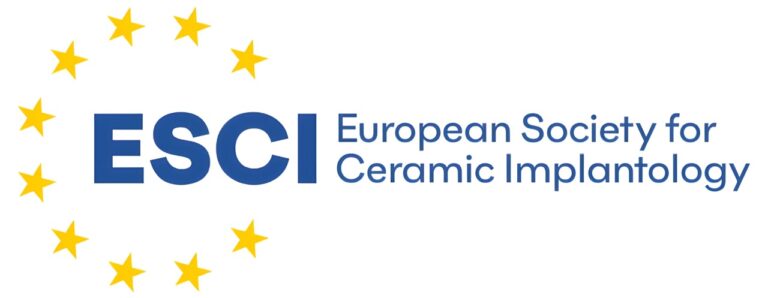
Annotated literature review
Literature
Scientific information on ceramic implants
In dental implantology, ceramic implants are becoming increasingly important and are a serious addition to the proven implantological therapy with titanium implants. In particular, intensive research and rapid development in the areas of materials, surface design and restorative care have contributed to this development. Short and medium-term scientific data are already available – further studies must follow. It is important to evaluate these data correctly, interpret them correctly and classify them for a broader application, transport them objectively and put them into practice with background knowledge. Open questions must be discussed and answered on an evidence-based basis in the interest of the patient.
In this section “Specialist Information”, the ESCI Scientific Advisory Board therefore compiles and continuously updates carefully compiled, scientifically sound and evidence-based facts about ceramic implants and their application.
